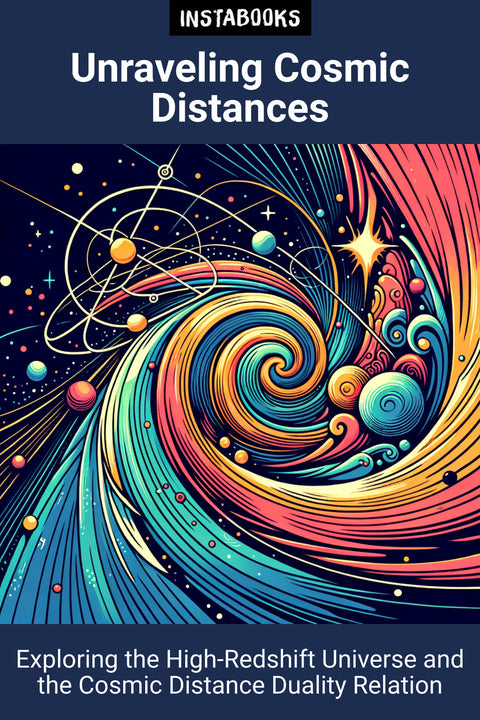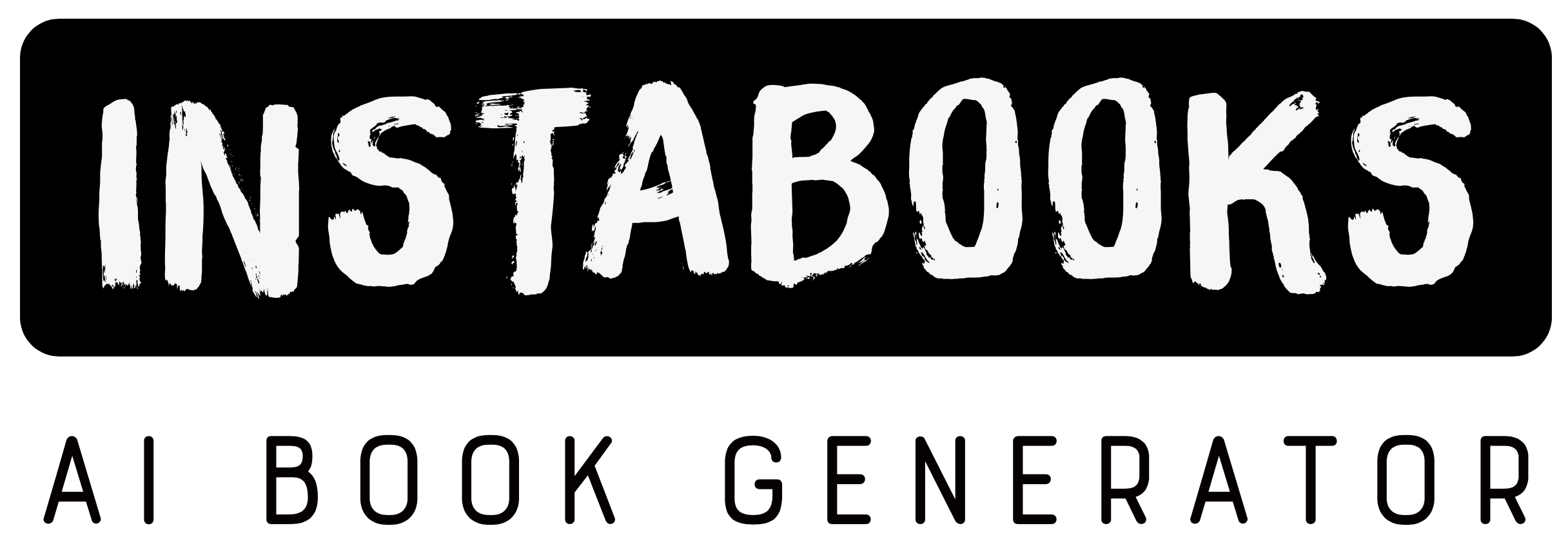
Unraveling Cosmic Distances
Exploring the High-Redshift Universe and the Cosmic Distance Duality Relation
Included:
✓ 200+ Page AI-Generated Book
✓ ePub eBook File — read on Kindle & Apple Books
✓ PDF Print File (Easy Printing)
✓ Word DOCX File (Easy Editing)
✓ Hi-Res Print-Ready Book Cover (No Logo Watermark)
✓ Full Commercial Use Rights — keep 100% of royalties
✓ Publish under your own Author Name
✓ Sell on Amazon KDP, IngramSpark, Lulu, Blurb & Gumroad to millions of readers worldwide
Understanding the Cosmos: Unraveling Cosmic Distances
Embark on an enlightening journey through the universe with Unraveling Cosmic Distances, a comprehensive exploration of high-redshift cosmography and the pivotal Cosmic Distance Duality Relation (CDDR). This profound study delves into the intricate relationship between geometric distance measurements and redshift, offering crucial insights into the universe's expansion.
Advanced Methodologies for Precise Insights
Discover the innovative methods employed by researchers using the Pade method to meticulously model luminosity and angular distances. This approach enhances the stability of cosmographic series at high redshifts, allowing for more accurate independent distance measurements. The book meticulously outlines these methodologies, providing readers with a deeper understanding of the techniques driving modern cosmological research.
Comprehensive Data Analysis
Dive into the rigorous analysis of updated observational data from supernovae, baryon acoustic oscillations, and cosmic chronometers. Each chapter offers detailed insights into how these data sources were utilized to derive constraints for parametric models related to the CDDR and key cosmographic parameters such as \(H_0\), \(q_0\), and \(j_0\). This level of detail ensures readers can appreciate the underlying data-driven approach of contemporary cosmology.
Key Findings and Theoretical Implications
The study's findings are as groundbreaking as they are reassuring. Despite investigating potential CDDR violations, the research found no significant deviations from the relation. The alignment of these results with the standard \(\Lambda\)CDM model underscores the robustness of existing cosmological theories while proposing novel methodologies for further exploration. These insights are crucial for anyone interested in the theoretical foundations of cosmology.
Paving the Way for Future Research
This book does not merely review existing knowledge; it sets the stage for future research. By introducing a new method for testing the CDDR, Unraveling Cosmic Distances contributes significantly to ongoing discussions about cosmic distances and the universe’s expansion. This work is a valuable resource for researchers, students, and enthusiasts who are passionate about unlocking the mysteries of our cosmos.
Table of Contents
1. Introduction to Cosmic Distances- The Importance of Distance Measurement
- Defining the Cosmic Distance Duality Relation
- Implications for Modern Cosmology
2. Exploring High-Redshift Cosmography
- Understanding Redshift in Cosmology
- The Role of High-Redshift Observations
- Comparative Studies and Techniques
3. The Pade Method in Cosmography
- Introduction to the Pade Method
- Stability at High Redshifts
- Applications in Cosmographic Analysis
4. Data Sources and Methodology
- Supernovae as Cosmological Tools
- Baryon Acoustic Oscillations
- Cosmic Chronometers and Their Use
5. Parametric Models and Constraints
- Modeling Distance with Precision
- Constraints Imposed by Observational Data
- Challenges in Parameter Estimation
6. Examining Potential CDDR Violations
- Statistical Correlations and Their Impact
- Cosmographic Parameters: \(H_0\), \(q_0\), \(j_0\)
- Significance of CDDR Violations
7. Key Findings in Cosmology
- Alignment with \(\Lambda\)CDM Model
- Exploring Theoretical Implications
- Reassessing Cosmological Theories
8. Novel Methods for Testing CDDR
- Innovative Approaches to Testing
- Comparisons with Traditional Methods
- Future Directions in Testing
9. Discussion and Conclusion
- Summarizing Key Insights
- Future Research Directions
- The Next Steps in Cosmology
10. Related Studies in Cosmology
- Gravitational Lensing and CDDR
- Type Ia Supernovae and CDDR
- Gamma-Ray Bursts as Probes
11. Emerging Techniques and Technologies
- Gravitational Wave Research
- Galaxy Clusters and Their Role
- Advancements in Astronomical Instrumentation
12. The Future of Cosmological Research
- Simulated Data and Predictions
- Pushing the Boundaries of Knowledge
- Collaboration Across Scientific Disciplines
Target Audience
This book is ideal for researchers, students, and enthusiasts in cosmology eager to understand high-redshift cosmography and the Cosmic Distance Duality Relation (CDDR).
Key Takeaways
- Gain an in-depth understanding of the Cosmic Distance Duality Relation (CDDR) and its significance in cosmology.
- Learn about advanced methodologies like the Pade method for cosmographic analysis.
- Explore how supernovae, baryon acoustic oscillations, and cosmic chronometers contribute to cosmological research.
- Understand the alignment of current findings with the standard \(\Lambda\)CDM model and its implications.
- Discover innovative approaches for testing the CDDR and their future potential.
